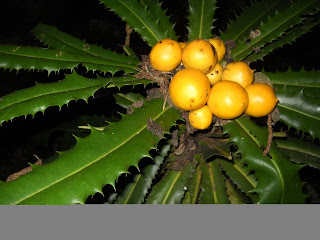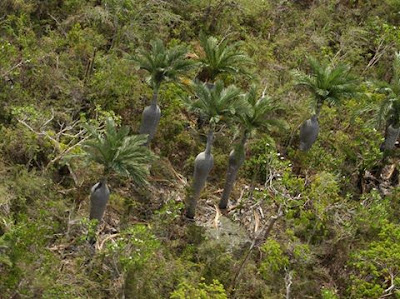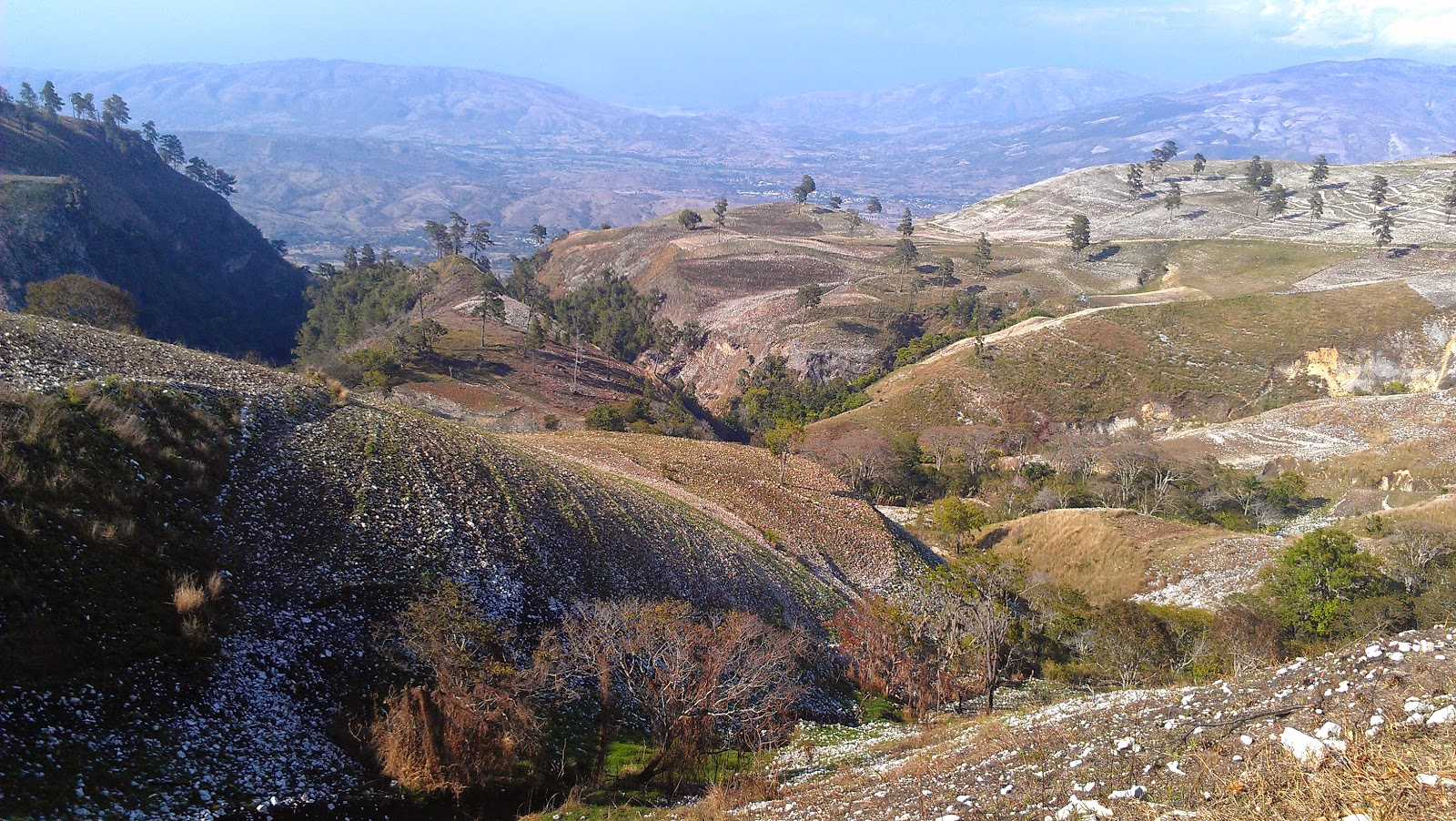La Gran Sabana National Park was created , in order to preserve samples of most unique biodiversity of the vast plain Neiba Valley or Eastern portion of the Hoya de Enriquillo dominated by hypersaline soils and wetlands result of lifting the bed of the old canal linking ocean bays Neiba and Port au Prince, where the substrate is dominated by salt crusts even without natural vegetation or without tree botanical autochthonous expressions except succulents coastal shrubs and cacti , among other floral species . It also covers the hill near the La Sal mountains of Bahoruco National Park.

The Enriquillo basin , also called Enriquillo Valley or Valley Neiba , is a very peculiar physiognomy domain within the Caribbean region. This is a spectacular plain affected by a semi-arid climate due to the " shadow effect " that the Cordillera Central and the Sierra de Neiba exercise on rainy fronts from the north and northeast . With guidance EO Neiba connected bays and Port au Prince, being flanked by the Sierra de Bahoruco , south , and Neiba and Martin Garcia , to the north. Map of Mineral Resources ( Project L -SO . Geothematic Cartography in the Dominican Republic .2004 ) .
 |
| Area with little vegetation.- La Gran Sabana NP |
 |
| Lagoon with vegetacion. at La Gran Sabana NP |
In this area, born and ply a vast number of rivers, streams, creeks, permanent and temporary pools, apart from irrigation canals made by villagers for agriculture. In the flat, where a sandy substrate is predominantly a wetland area in the dry season many of these wetlands remain only temporarily dried and some reducing its flow
 |
| Prosopis julifora forest , at La Gran Sabana NP |
 |
Cacti (Pilosocereus polygonus), typical plant of this kind of area. at La Gran Sabana NP
 |
| A Cacti species endemic of DR, also known as prickly melon and seat for mother in law . at La Gran Sabana NP |
|
this is the most hot and dry area around the country, is affected by a semi arid climate, temperatures range from 28.2-33.8 ° C, and an average rainfall of 400 mm/y- 600 mm /y.
at La Gran Sabana NP
 |
| Zone near of the highway, salty soil with Batis maritima a plant tolerate hypersaline soils. at La Gran Sabana NP |
The topography in this park is mostly flat, with some elevations on the west side such as hill La Sal, and areas of influence Bahoruco.












Comentarios
Publicar un comentario